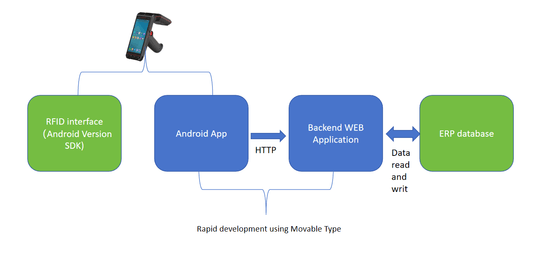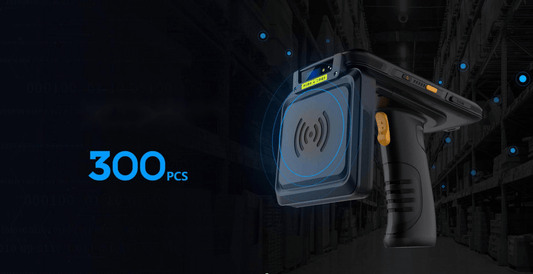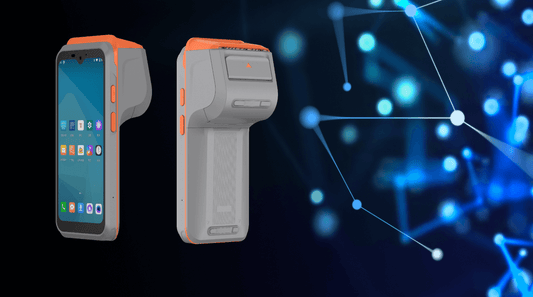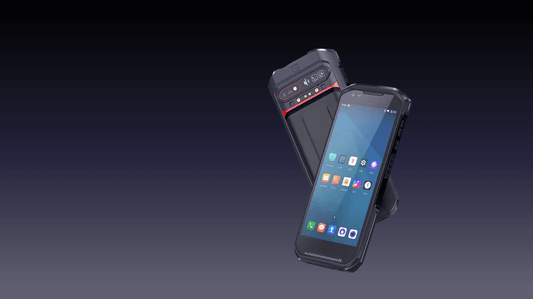How Smart Lighting Switches Can Transform Your Warehouse into a Smart Workspace
In today's fast-paced industrial environment, efficiency and sustainability are key priorities for warehouse operations. One of the most impactful yet often overlooked upgrades is the implementation of smart lighting switches. These intelligent systems do more than just turn lights on and off—they optimize energy usage, enhance safety, and integrate seamlessly with other smart technologies to create a truly connected workspace.
In this blog, we’ll explore how smart lighting switches can revolutionize your warehouse, making it more efficient, cost-effective, and future-ready.
The Challenges of Traditional Warehouse Lighting
Warehouses typically rely on conventional lighting systems that operate on fixed schedules or manual controls. While these setups may seem functional, they come with several drawbacks:
-
Energy Waste – Lights remain on even when areas are unoccupied, leading to unnecessary electricity consumption.
-
High Maintenance Costs – Frequent bulb replacements and manual checks increase operational expenses.
-
Poor Adaptability – Fixed lighting doesn’t adjust to changing work conditions, such as varying daylight or occupancy levels.
-
Safety Risks – Poorly lit zones can create hazards for workers, especially in large, dynamic environments.
Smart lighting switches address these issues by introducing automation, remote control, and data-driven optimization.
How Smart Lighting Switches Work
Smart lighting systems use sensors, wireless connectivity, and intelligent controls to manage illumination dynamically. Key components include:
-
Motion & Occupancy Sensors – Detect movement and adjust lighting accordingly, ensuring lights are only on when needed.
-
Wireless Connectivity (Wi-Fi, Zigbee, Bluetooth) – Allows remote control via smartphones, tablets, or centralized building management systems.
-
Voice & Automation Integration – Works with platforms like Google Assistant, Amazon Alexa, or industrial IoT systems for hands-free operation.
By leveraging these technologies, warehouses can achieve significant energy savings while improving operational efficiency.
5 Key Benefits of Smart Lighting Switches in Warehouses
1. Energy Efficiency & Cost Savings
Smart lighting reduces electricity consumption by up to 70% by eliminating unnecessary usage. Automated dimming and scheduling ensure lights operate only when required, leading to lower utility bills.
2. Enhanced Safety & Productivity
Well-lit workspaces minimize accidents and improve visibility for workers handling heavy machinery or navigating high shelves. Motion-activated lighting ensures dark corners are illuminated as soon as someone enters the area.
3. Remote Monitoring & Control
Managers can adjust lighting settings from anywhere using a mobile app. Forgot to turn off the lights after closing? No problem—simply switch them off remotely.
4. Scalability & Integration with Smart Warehousing
Smart lighting can integrate with warehouse management systems (WMS), IoT sensors, and security cameras, creating a fully connected ecosystem. For example, lights can flash in specific zones to guide workers during high-priority tasks.
5. Sustainability & Compliance
Reducing energy waste helps warehouses meet green building certifications (LEED, BREEAM) and comply with environmental regulations. This not only cuts costs but also enhances corporate social responsibility (CSR) efforts.
Real-World Applications
Case Study: A Logistics Company’s Smart Warehouse Upgrade
A mid-sized logistics firm replaced its traditional lighting with smart LED fixtures and motion sensors. The results?
-
60% reduction in energy costs
-
Fewer maintenance calls due to longer-lasting LEDs
-
Improved worker satisfaction with better-lit workspaces
Smart Lighting in Cold Storage Warehouses
In temperature-controlled environments, smart lighting helps by:
-
Reducing heat emissions from traditional bulbs
-
Ensuring lights stay off in unoccupied freezer sections to save energy
Choosing the Right Smart Lighting System
When upgrading your warehouse lighting, consider:
✔ Compatibility – Does it work with existing infrastructure?
✔ Scalability – Can it expand as your warehouse grows?
✔ Ease of Use – Is the interface user-friendly for staff?
✔ Reliability – Does it offer fail-safe options in case of connectivity issues?
Popular smart lighting solutions for warehouses include:
-
Philips Hue for Business
-
Siemens Enlighted
-
Lutron Quantum
According to use experience, recommend Leeshion's Tuya WIFI Smart switch, price start up $6/pc. Affordable and useful smart devices.
Future Trends: The Next Level of Smart Warehousing
As AI and machine learning advance, smart lighting will become even more intuitive. Future developments may include:
🔹 Predictive Lighting Adjustments – AI learns work patterns and adjusts lighting proactively.
🔹 Li-Fi (Light Fidelity) – Using LED lights for high-speed data transmission within the warehouse.
🔹 Autonomous Robot Coordination – Smart lights guiding automated forklifts and drones via signals.
Conclusion
Smart lighting switches are no longer just a luxury—they’re a strategic investment for modern warehouses. By reducing costs, improving safety, and integrating with smart technologies, they transform traditional storage spaces into efficient, future-proof workspaces.
Is your warehouse still running on outdated lighting? Now is the time to upgrade and step into the era of intelligent illumination.
No comments












0 comments